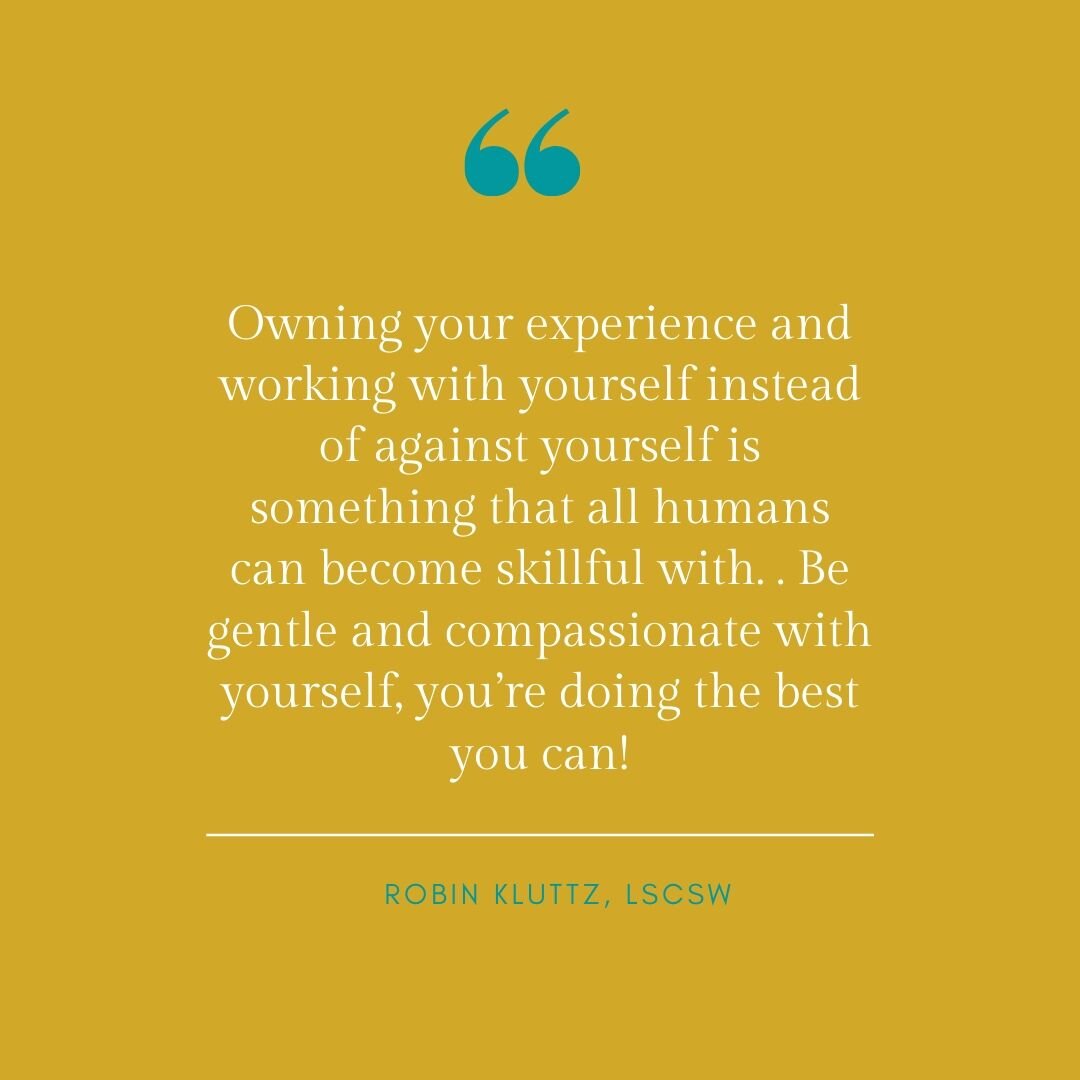Emotional Identification: Why It's Just as Important for Adults
To be able to connect our inner experience with our body’s physical sensations, label what the blend of this is, and respond effectively is one of the most powerful skills any individual can learn, I believe. On the other hand, it may be one of the rarest and hardest skills that many of us have never learned. This is called emotional identification and expression.
As a therapist, we were taught many skills and interventions on how to help our clients learn these skills; however, I would argue that many of us never actually learned these skills within ourselves. Speaking for myself, it wasn’t until a few years into therapy where I learned how difficult it was being on the other side of the couch--the one where I was a participant in therapy versus being the therapist. Being mindful and attuned with my own experience continues to help me be aware of what I’m feeling, utilize skills to deal with those feelings, and be able to connect with others because of those feelings. This experience clarified even more to me that therapists are humans, too.
Why
We cannot make changes or better ourselves in any capacity if we don’t first have the awareness of what’s going on. The following list are ways to increase awareness and practically identify emotions and sensations so that we can discern what helps us stay emotionally regulated versus what sends our nervous system and emotions in negative spirals.
Create space for stillness, silence, and limited distractions.
Notice your physical sensations.
Identify the emotion.
Be curious, not judgmental.
Identify what you need.
Connect the need with action.
Create space for stillness
We live in a distracted age where we try to multitask from sunup to sundown. Did you know our brains actually can’t multitask? Methods to keep our minds busy are at the tip of our fingertips. How many of us listen to podcasts or music while making dinner? Check our work email before we get out of bed? Take our phones to the bathroom to distractedly check Instagram while we’re peeing? Yes, it’s that bad. We have to start allowing space for processing and reflection. We need to give our brain the opportunity to think!
Practically, this can look like driving to work, doing school drop off, or exercising in silence. Yes! Silence. Go to the bathroom without your phone. Go on a walk without listening to music. Take a break from the personal development podcasts and audiobooks and just do one activity at a time.
Notice your physical sensations
Does your chest get tight when you’re anxious or anticipating something? Do you get nauseous when you’re worried or stressed? Do you have trouble sleeping or staying asleep? Headaches? Difficulty breathing? A tense jaw? Noticing what your body is doing can be your first clue as to what emotions you’re experiencing. For me, anxiety rests in a tight ball below my sternum. Locating the specific place of the physical sensation is important. Think of each sensation as a text message to yourself. It’s your body’s way of communicating that it needs something--that something is wrong. Aren’t our bodies amazing things?
Once you’ve located the sensation, you might think you need to do something to get rid of it because it’s uncomfortable; however, I challenge you to do the opposite.
Find the sensation and sit with it.
Be curious about it. See if it does anything different or changes in any way. Try to focus on nothing but that sensation.
Practice. Take a moment and try this; what do you notice? What you might observe is that it goes away or moves into a different spot. Weird, right?
I like to think of it as the toddler who is tugging on your shirt saying, “Mom! Mom! Mom! Mom!” - the second that we turn to the child and acknowledge him or her is when it quiets. Maybe this is only temporarily, but maybe they got what they needed and went and found something else to occupy themself.
Identify the emotion
Did you know I use the Emotions Wheel that I printed for the children I saw more with adults than I do with children? That’s right. Learning how to identify and express emotions is a skill that we sometimes learn, and whether you’re currently proficient in it or barely know when you are sad, you can build this skill. This is a wheel I like to use. Start in the middle and identify the core emotion and then work your way out, noting which ones you feel. If that’s too much, keep it simple! Keep it to the core emotions and you’re off to a great start. I encourage you to practice this when you may be feeling less intense emotions so that you can get the hang of it for the “game”--when you’re really struggling.
Be curious, not judgmental.
We are our own worst critic most of the time. We put judgment and criticism into our needs and our feelings often based on what we “should” be doing or how we “should” be feeling. Notice when these thoughts from the inner critic arrive and see if you can shift them into curiosity instead. It could look like this:
Judgement: “Wow, who do you think you are? Trying to teach your kids what teachers do at school. You can’t manage all of this.”
Curiosity: “I notice I’m feeling stressed and critical of myself. I wonder what’s really going on? Maybe I’m overwhelmed and nervous. I know I’m just trying to do a good job and keep my head above water with all this change.”
Identify what you need.
After you pay attention to your physical sensations, identify what you’re feeling, notice what’s happening within yourself, it’s important to then identify what it is that you need. Identifying this helps us create an action plan to be able to direct our emotions and get our needs met.
“I notice my heart fluttering. I’m starting to get overwhelmed with all this change and feel out of control. I wonder what I need right now.”
“I think I need to know what I do have control over and that I have my spouse on my side here.”
Or maybe it’s something like this, “I think I need to get out for a walk and let myself know that I’m not stuck.”
Connect the need with action.
The above steps tend to happen in less than 30 seconds. Though it seems like a long step process, it really clicks the second we tune into our experience with curiosity and begin identifying our emotions and our needs. Once you’ve identified the need, whether it be connecting with your spouse, going on a walk, getting some movement in your body, a vacation, or to have a hard conversation, now is the time to act.
Inaction is a result from lack of validation--even within ourselves.
Owning your experience and working with yourself instead of against yourself is something that all humans can become skillful with. No matter your history, your story, your diagnosis, your circumstances, we all struggle. We all can thrive. We all can become more “one” with our own experience. Be gentle and compassionate with yourself, you’re doing the best you can!


